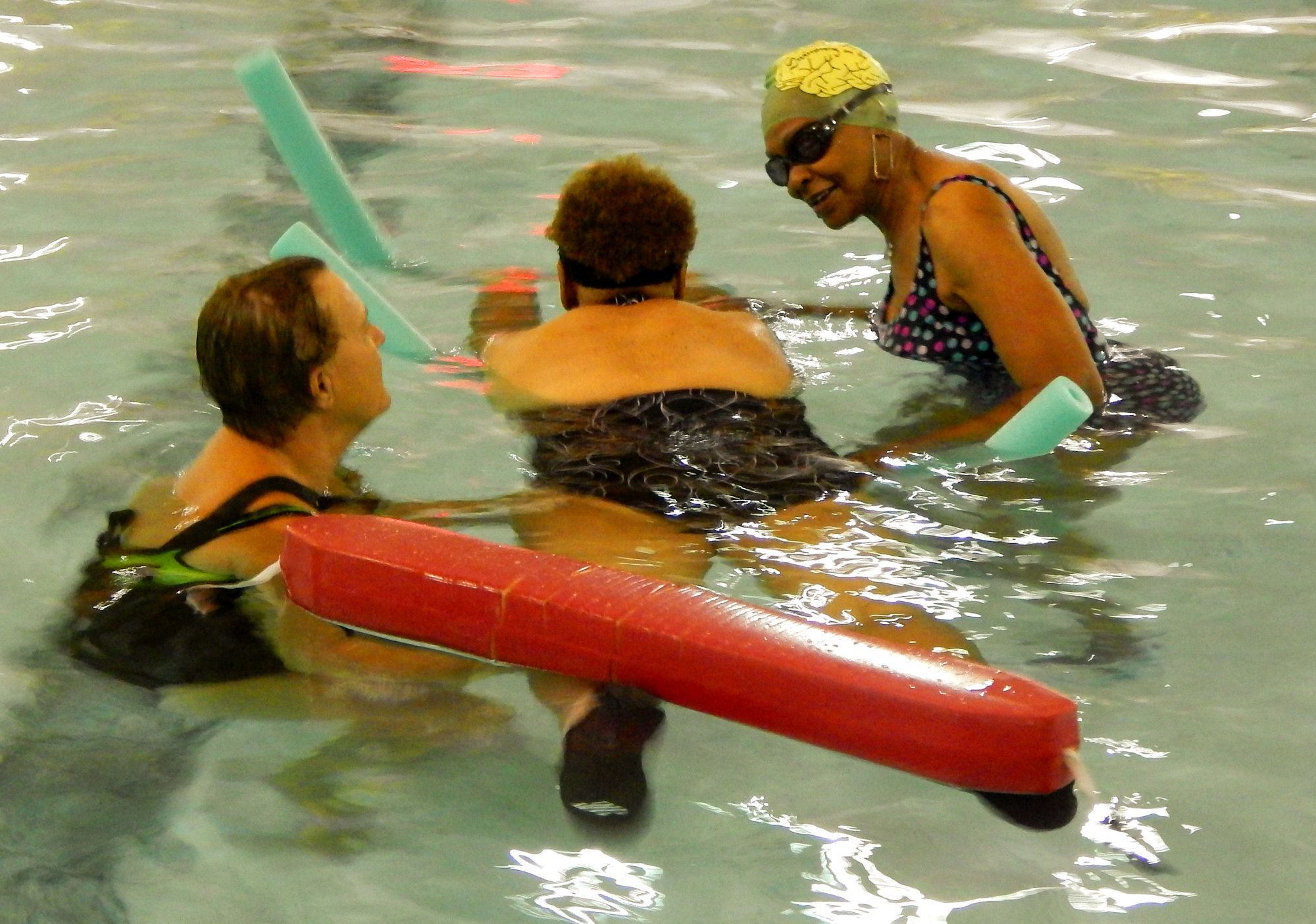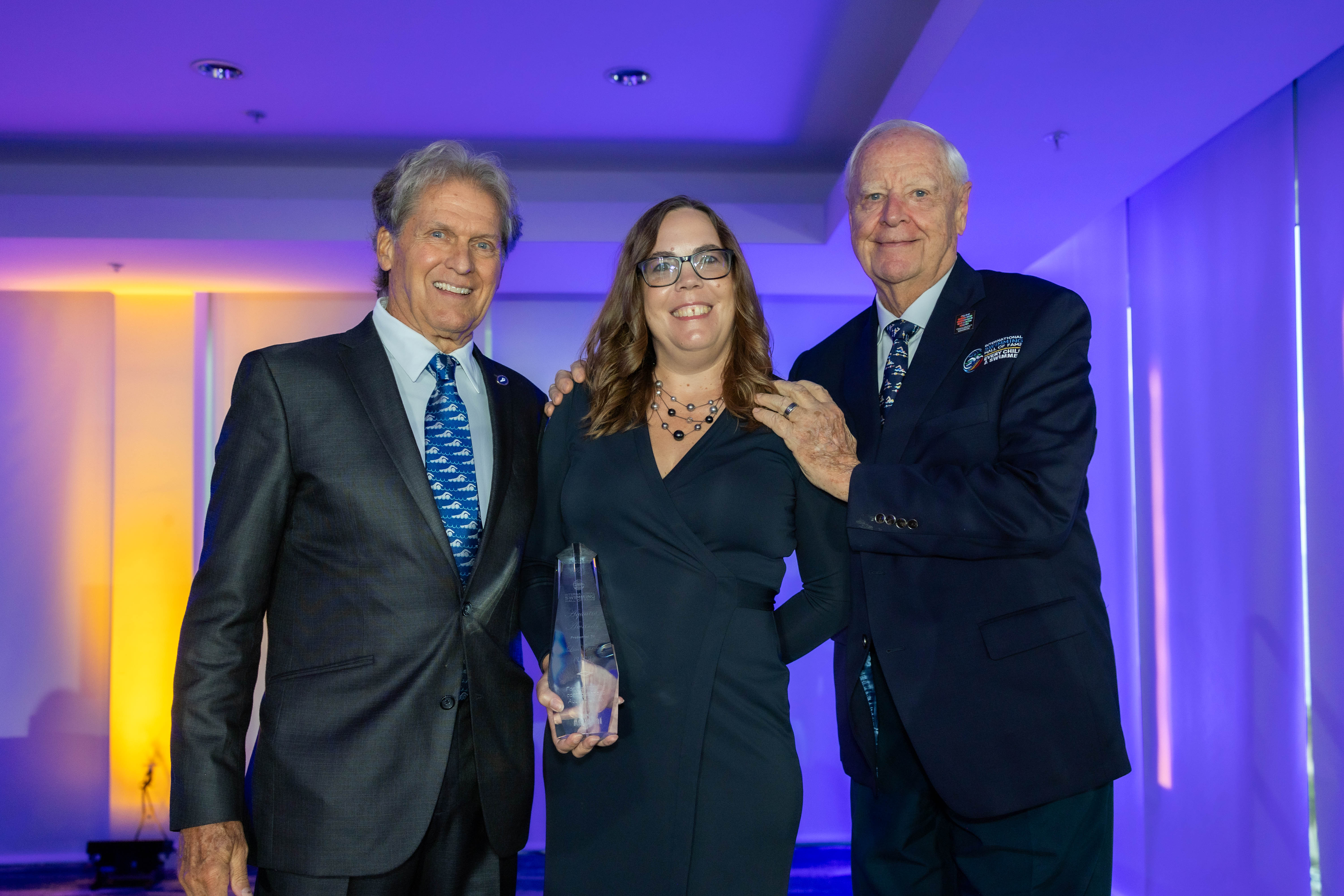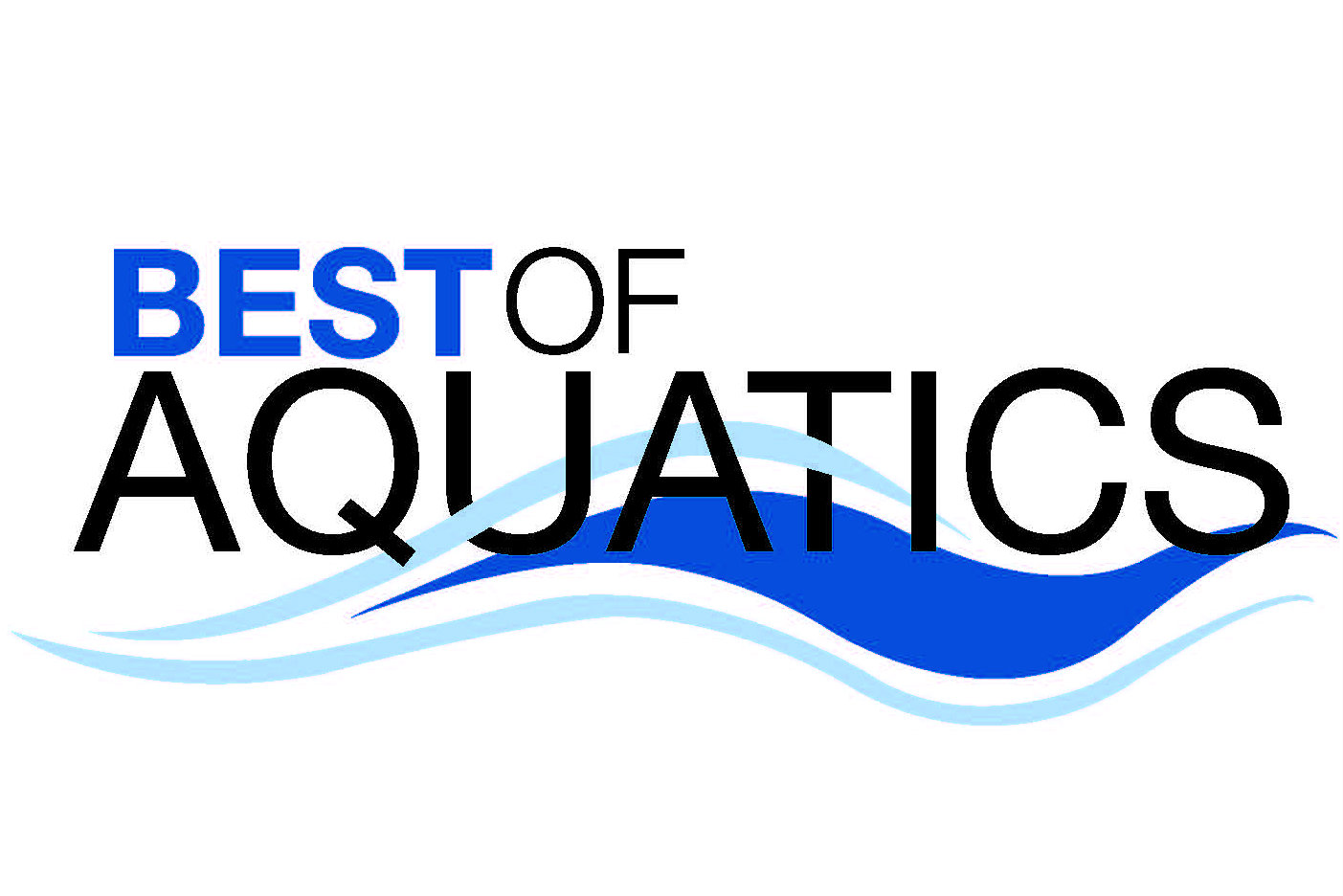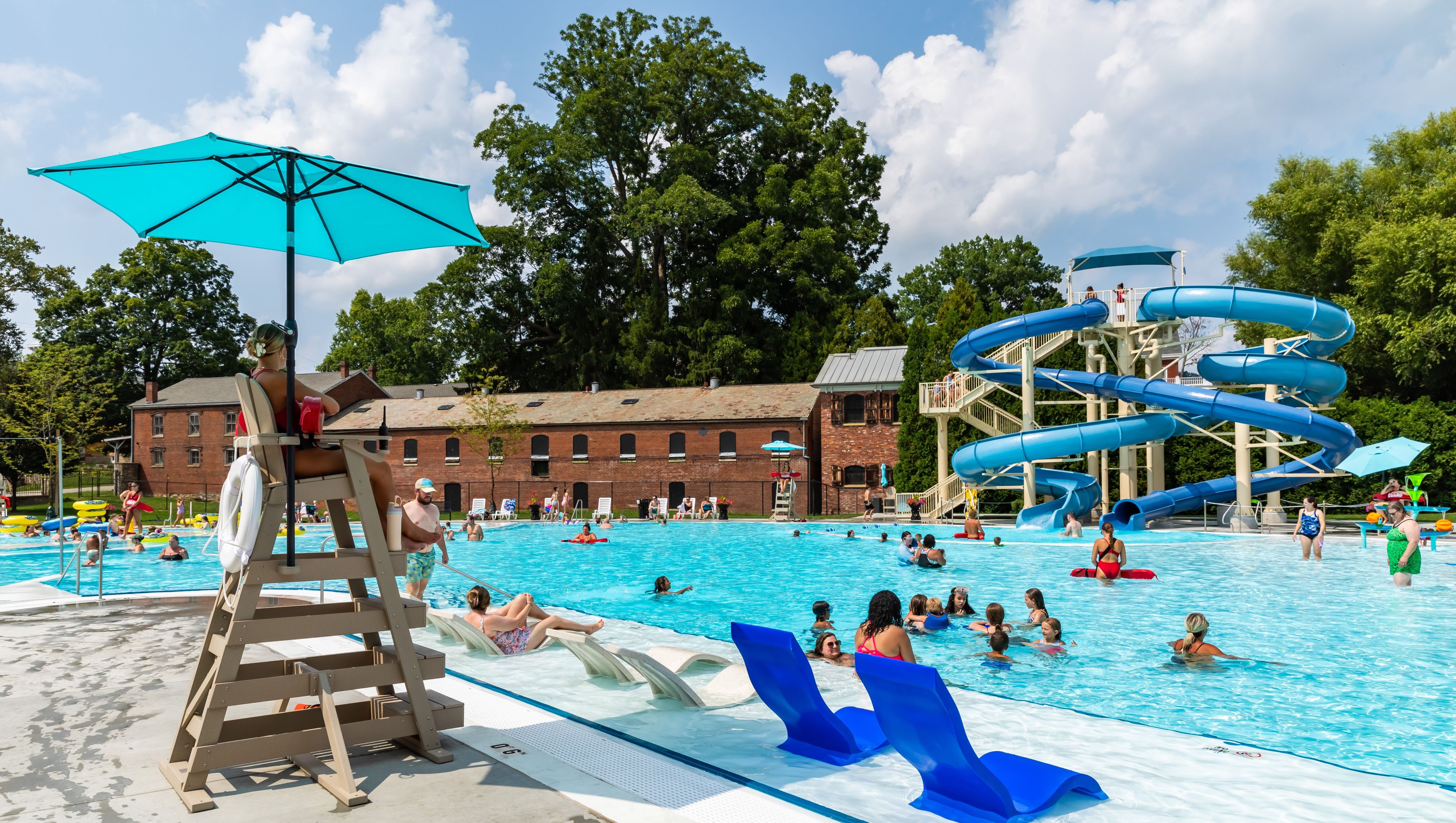Highlights
- The facility created a free adult swim lesson program for low-income adults by recruiting and training volunteer instructors.
- The lessons focus on comfort in the water and safety. It was developed to present swimming as a family opportunity.
- To date, 126 adults have completed lessons, with 90 percent of the participants being African-American, and most are women.
Goals and challenges
Swimming is a skill mostly learned by children. But the staff noticed that while kids were jumping into the water, adults were sitting on the sidelines. The reason? They didn’t know how to swim.
In response, the aquatic center offered free swim lessons to low-income adults, led by volunteer swim instructors. The program emphasis is on an opportunity for family swimming and stressing safety concerns. Adults are given an understanding of water safety, including throwing a lifesaving device instead of going in to rescue another swimmer in distress. They’re also taught to be able to swim with children in their care and use the skill as a form of exercise.
One real challenge was the fear that swimmers first had when the lessons started. Generally, if an individual doesn’t learn how to swim as a child, his or her nervousness in the water increases as they get older. With that in mind, one important goal for the project was to help people feel comfortable in the water.
How they did it
Signs posted at the facility were the first step in recruiting volunteers to teach swimming. The staff also reached out directly to community members with competitive swimming experience. The result: five instructors who completed an adapted Starfish Aquatics instructor training program and signed on to teach adults to swim in the evenings. That altered instructor course allowed the classes to get students in the water more quickly because it only focused on the adult portions of the curriculum, dropping the program from 40 hours of instruction to eight.
The idea wasn’t to create Olympic swimmers; instead, it was more about making sure people were comfortable playing in the water with their families.
Surprisingly, a lot of the program graduates were senior citizens. Many of these were grandparents raising grandchildren and taking them to the center for lessons, but not swimming themselves.
To date, the program, which is now entering its second year, has helped 126 adults learn to swim. Participants were mostly female, and 90 percent of the adults were African-American.
The center is encouraged by the results because it shows the program is reaching its target audience. During the first year, the facility waded through a long waiting list of adults who wanted to take lessons. This fall, they began to market the program again to generate a new waiting list of participants.
One swim lesson graduate, a deaf, white man in his mid-30s — not typical of the participant demographics — has expressed an interest in becoming a volunteer instructor. The facility also is hoping he will work to generate interest among the deaf community, and the facility can add a hearing-impaired class to the program to reach even more adults who otherwise might not have the opportunity to learn. The man was an engaged student, and they were able to adapt his session to include a whiteboard as an additional communication tool.



